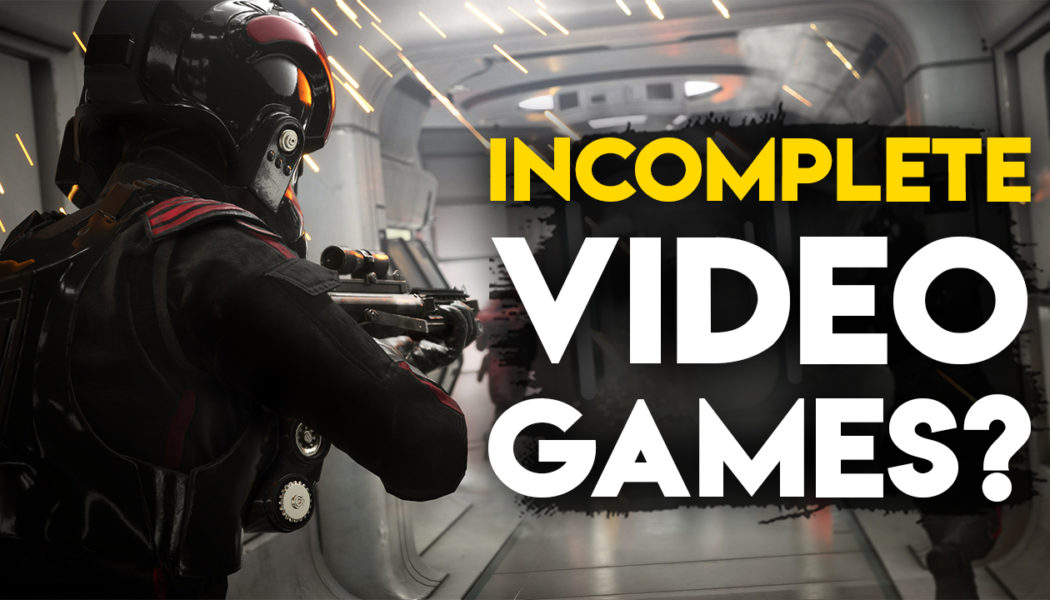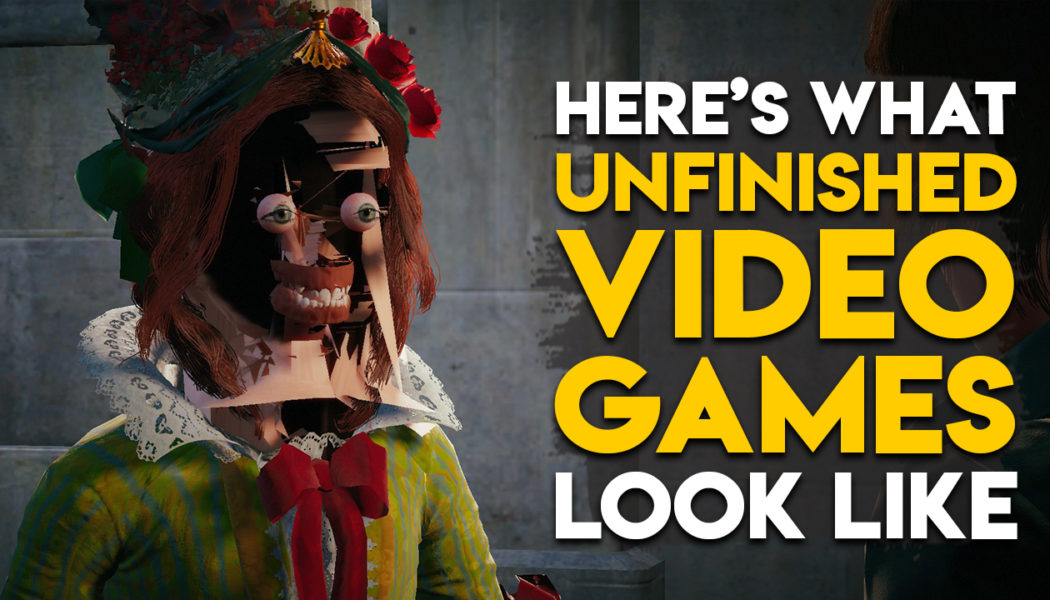unfinished games
How To Spot An “Incomplete” Video Game?
In the recent days, the trend to release complete and finished video games has diminished among the publishers, especially AAA publishers such as EA. This process, as wicked as it may be, was fascinating; take a complete game and remove its key features to be sold later. Then rush the incomplete game to the market and hype it as much as possible. Fix it later via seasons passes and acquire more money. This was, however, not always the case. When the developers were scarce and resources were plentiful, almost all of the games were complete. In the modern days, the tables seemed to have turned; developers are plentiful and resources are scarce. In such situations, releasing an incomplete game is the best way to acquire as much money as the consumer can spare. Pay-to-win has played a major ro...
Ever Wondered What Video Games Look Like When They Are Unfinished?
Ever wonder what those graphical masterpieces of a game such as Uncharted 4 or Titanfall look like when they’re in production? SPOILER ALERT- it isn’t beautiful. During production on a video game, level designers work with what they call “grey boxes,” or rough layouts that use ugly geometric models to determine the outlines of each level before they make everything pretty. If you wonder, these very ugly meshes (which are still far prettier than the meshes I make as a hobby), are the essence of the game. They determine how seamlessly and intriguingly a player will indulge in them. So if you look deep into it, they’re as important as (or rather even more important than) pretty graphics and landscapes. To celebrate these grey boxes (or white boxes, or block meshes or the 4,0...




